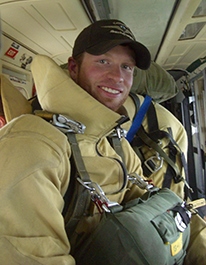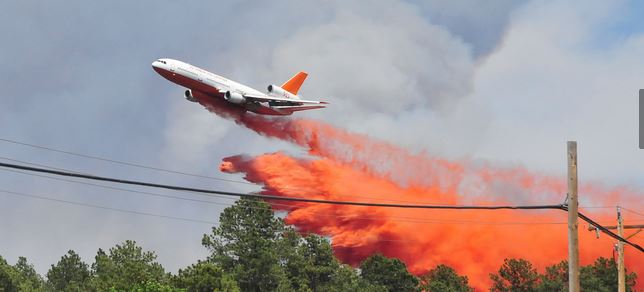 Below is information provided by the U.S. Forest Service about the final arrangements for Luke Sheehy who lost his life while suppressing a wildfire in northern California on June 10. Mr. Sheehy was struck by a falling portion of a tree on the Saddle Back Fire in the South Warner Wilderness about 15 miles southeast of Alturas, Calif.
Below is information provided by the U.S. Forest Service about the final arrangements for Luke Sheehy who lost his life while suppressing a wildfire in northern California on June 10. Mr. Sheehy was struck by a falling portion of a tree on the Saddle Back Fire in the South Warner Wilderness about 15 miles southeast of Alturas, Calif.
****
“UPDATE: Latest on Saddle Back Incident Support
Release Date: Jun 17, 2013
Contact(s): Saddle Back Support Public Information (530) 638-3319
REDDING, Calif.– Preparations are underway to support the family of recently deceased firefighter Luke Sheehy. The 28-year-old perished on June 10 as a result of injuries received on the Saddle Back Fire on the Modoc National Forest in northeast California.
There will be a procession to honor and transport Luke Sheehy on Wednesday from Alturas, Calif. to Susanville, Calif. The Sheehy family would like the procession in Alturas to remain a private family affair. For Susanville, close family and the firefighter community are invited.
Details on the agency memorial ceremony are currently pending. The ceremony is planned for June 23 at 1 p.m. at the Civic Auditorium in Redding, Calif. The Sheehy family has requested that family members, close friends, fire community and all those who want to honor Luke are invited to attend.
The family will be holding a separate memorial at the Walker Mansion Inn located in Westwood, Calif. on June 22 at 2 p.m.
Those interested in showing support for the Sheehy family can send flowers, cards and donations to: Doug and Lynn Sheehy or Sheehy Family, 2850 Main St., Suite 12 #386, Susanville, CA 96130
Or the Wildland Firefighter Foundation. Mail in a donation: Care of Sheehy Family. Make your check payable to: Wildland Firefighter Foundation, 2049 Airport Way, Boise ID 83705. Or, online at: http://www.wffoundation.org/ Or to any U.S. Bank location; account number: 157501822199 “





